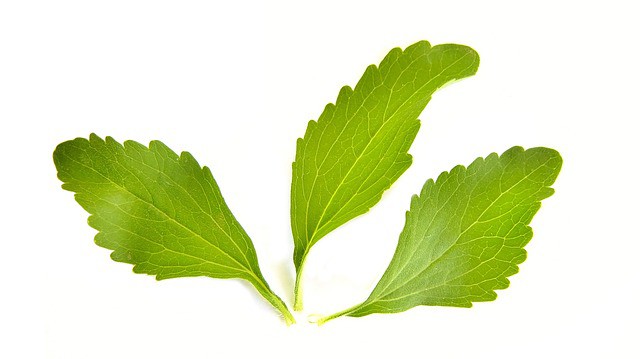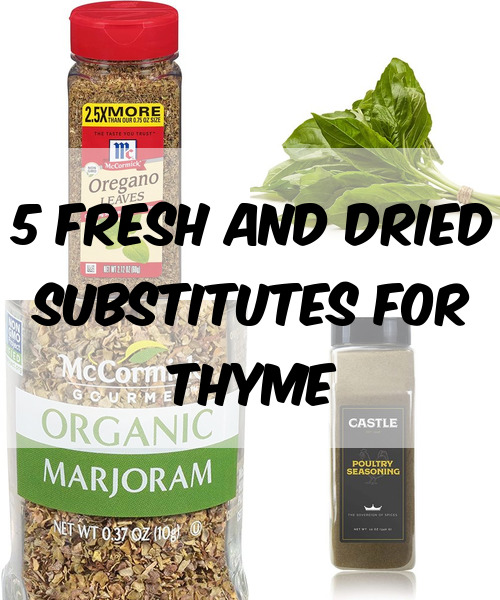
You’re probably familiar with thyme from a variety of dishes, from roasted chicken or steak and potatoes to delicate cakes and cookies and even in pitchers of cold lemonade with a few slices of lemon. Thyme is in the same herb family as oregano, basil, mint, and shiso, and has an earthy and lemony flavor profile that can give complexity and warmth to a variety of dishes. While it tends to be a staple in many pantries and spice racks, sometimes you just don’t have it. If you have a pretty well-stocked spice rack (or a lush herb garden), chances are you have something that can replace thyme in a pinch, but be warned: not all herbs are created equal.
Just because an herb has been dried and put into a glass container doesn’t mean it has the same flavor profile as another, so when swapping out dried or fresh herbs for dried or fresh thyme, you want to be sure you’re using substitutes that have the same or a similar flavor profile so you don’t stray too far off from the final product you’re looking for. Whether you’re making sweet or savory food at home, we’ve got you covered with our guide to the 5 best fresh and dried substitutes for thyme so you get the same herbaceous flavor you’re looking for.
Oregano
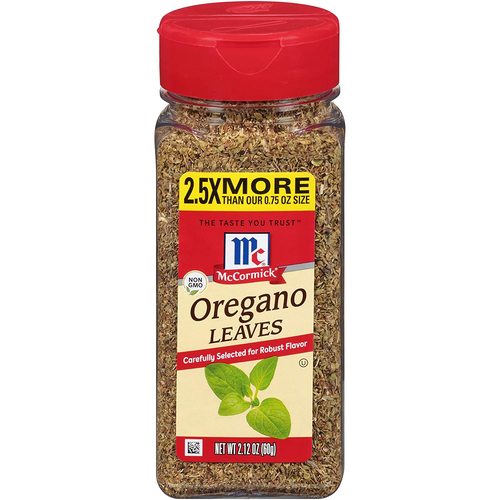
Whether it’s fresh or dried, oregano has many of the same minty, savory, earthy notes that thyme has, while also having its own spicy, herbal complexity that can add something slightly different and exciting to whatever dish you’re preparing. If you’re swapping fresh oregano for fresh thyme, or dried oregano for dried thyme, you can use a 1:1 ratio, but if you’re swapping fresh for dried, you’ll want to use twice the amount of oregano, and for dried to fresh you’ll want to use half the amount of oregano. Dried herbs tend to be more concentrated in flavor than fresh, and you don’t want the potency of the dried herb to throw off the balance of your dish.
Visit the page to learn more: Oregano.
Basil
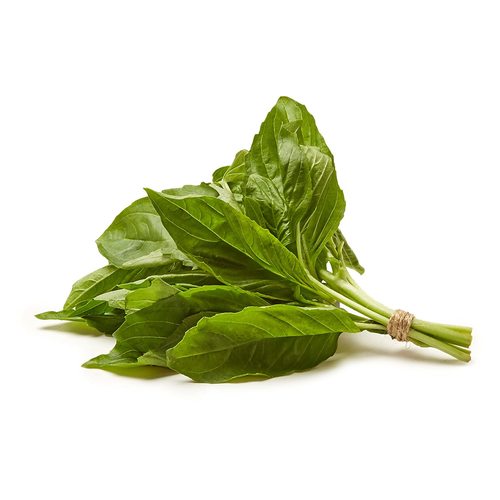
Basil and thyme are in the same herb family (meaning you can actually grow them together in the same pot if you’re a home gardener), so feel free to sub in basil for thyme in a pinch in several dishes. Because basil tends to have a brighter flavor than thyme does, use half the amount of fresh basil as you would fresh thyme, but you can go for a 1:1 ratio if using dried.
Visit the page to learn more: Basil.
Marjoram
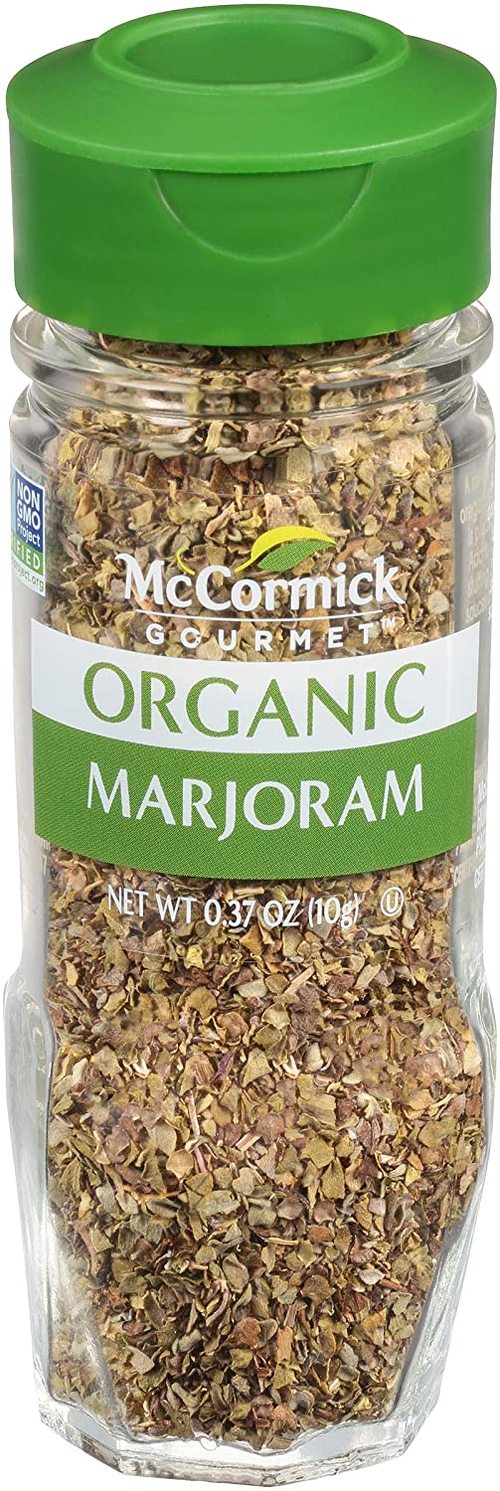
Marjoram has a similar flavor profile to oregano, with woody, minty notes but a slightly more delicate flavor. If using fresh or dried marjoram for fresh or dried oregano, you can use a 1:1 ratio, but if using fresh for dried or dried for fresh, your ratio will change slightly. If using dried marjoram for fresh thyme you should use half the amount, and if you’re using fresh marjoram for dried thyme you should use twice the amount.
Visit the page to learn more: Marjoram.
Poultry Seasoning
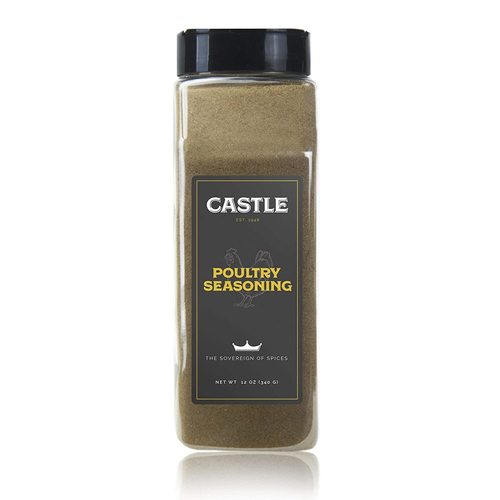
Rather than use one dried or fresh herb for another, perhaps try a blend of spices that can replace thyme naturally in savory dishes without being too overpowering. Poultry seasoning tends to contain thyme, nutmeg, marjoram, black pepper, rosemary, and sage, so if you’re using thyme in any sort of meat-forward dish, poultry seasoning is a flavorful swap that won’t alter the flavor profile of your final product all that much.
Visit the page to learn more: Poultry Seasoning.
Savory
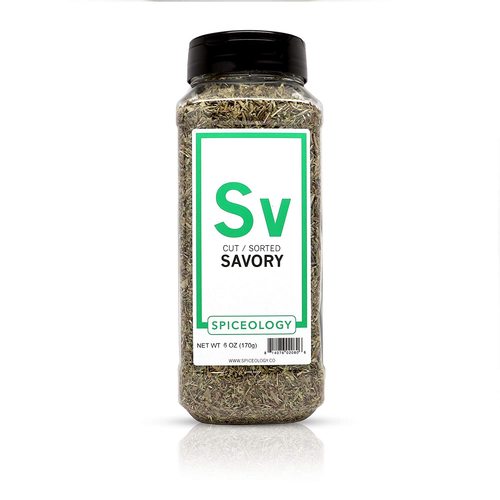
Savory is an herb also in the mint family with peppery, robust flavor, so don’t be afraid to use savory in place of thyme in savory dishes. As usual, if swapping fresh for fresh or dried for dried, you can use a 1;1 ratio, but if using fresh savory for dried thyme, use twice the amount of savory, and if using dried savory for fresh thyme, use half the amount of savory.
Visit the page to learn more: Savory.





